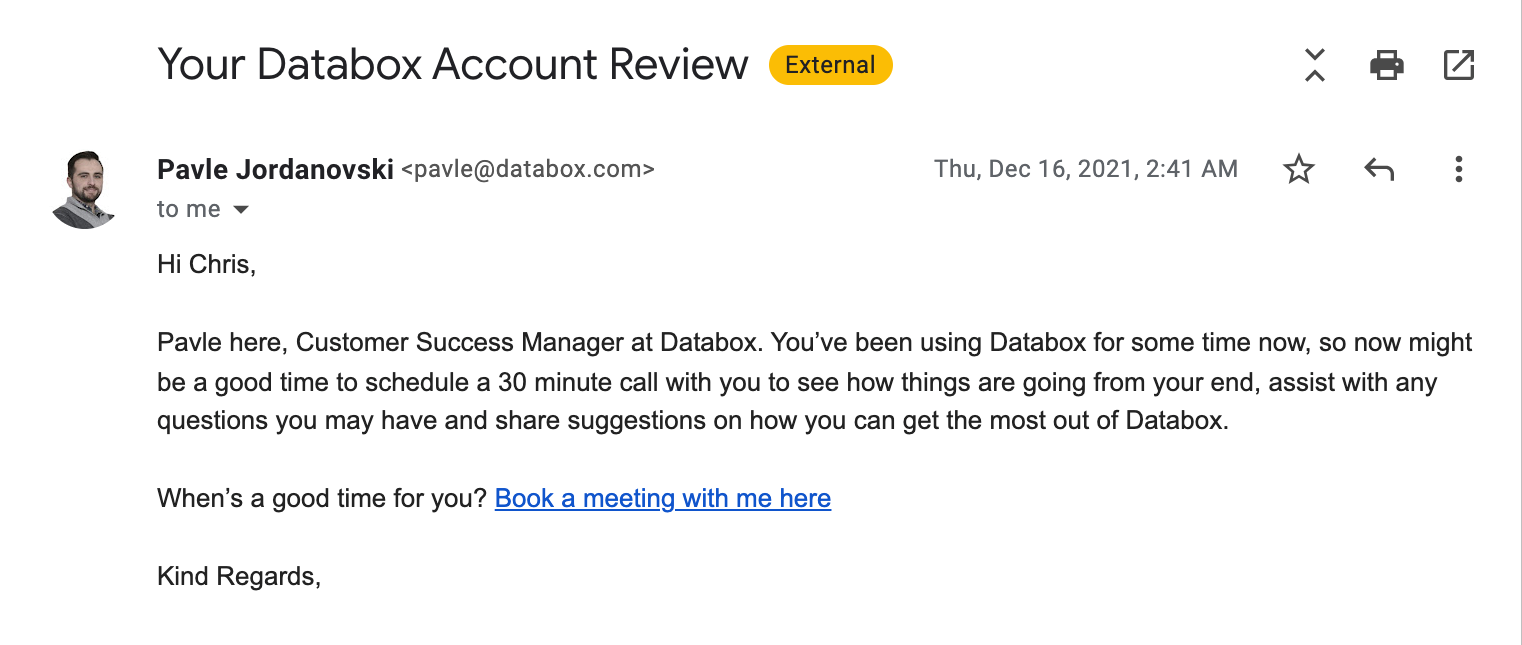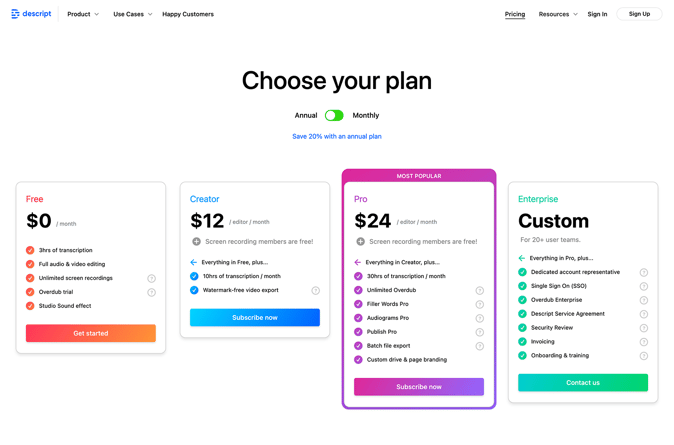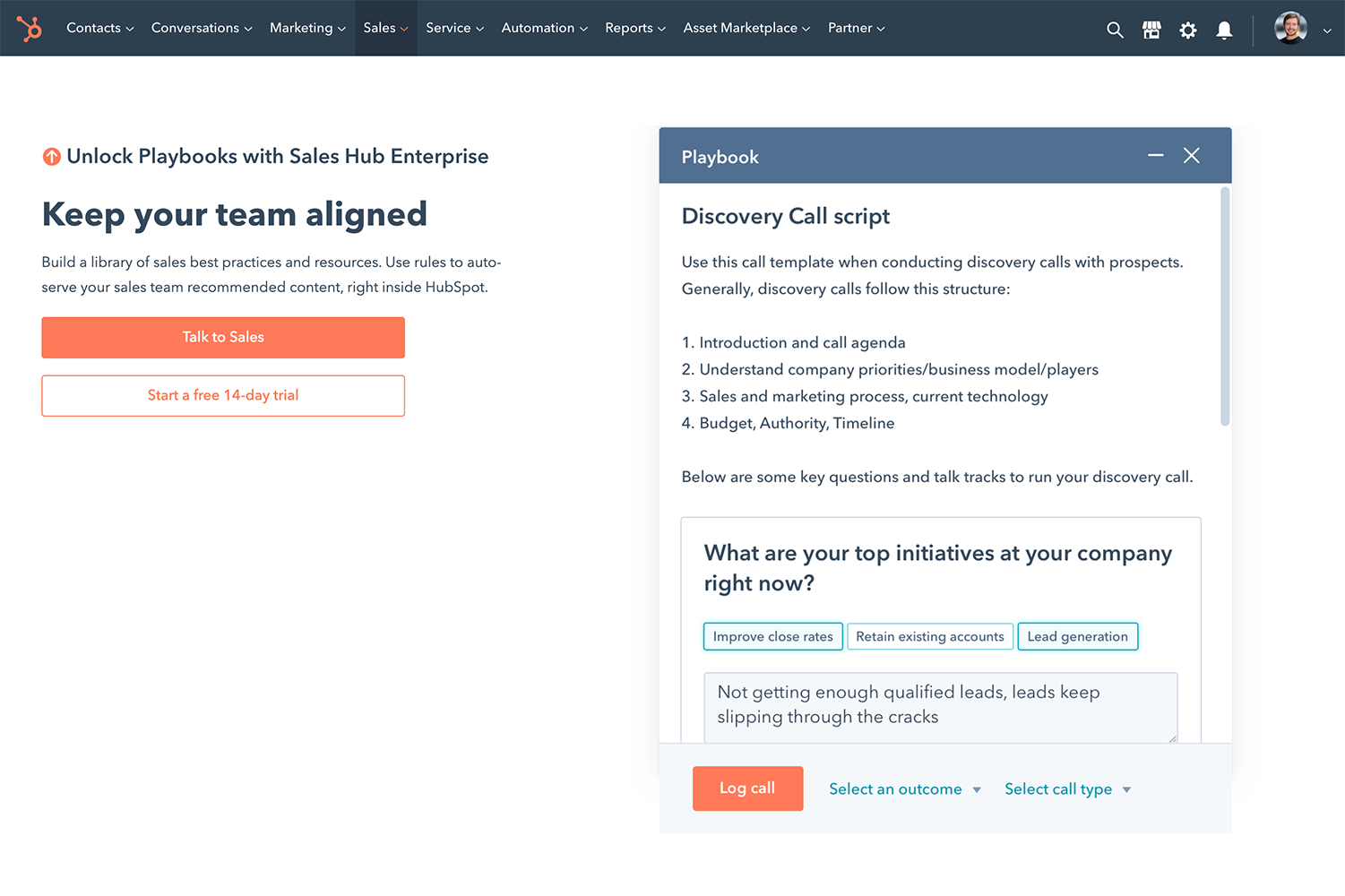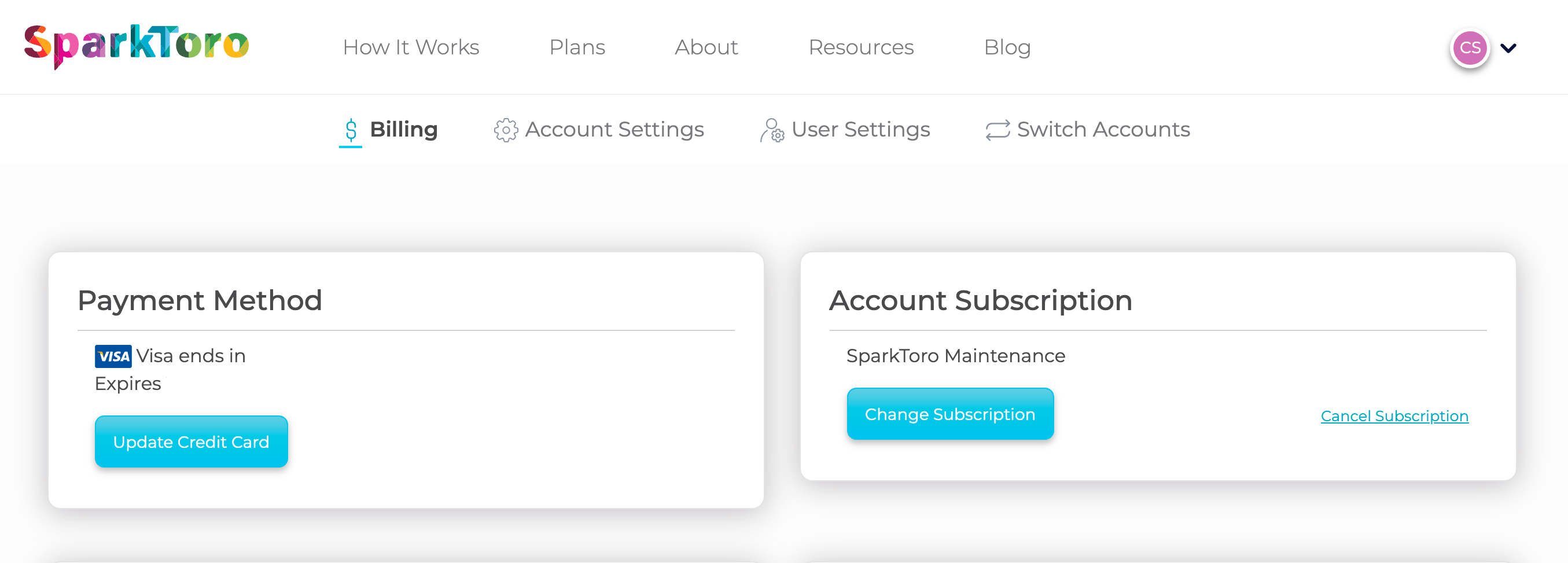Although retention is just as important as sales or acquisition, businesses tend to spend more money on the quick return of sales and acquisition, and less on the relationship-building that leads to great retention. Studies have shown that boosting customer retention by 5% increases profits by up to 95%. In SaaS, retention is a key metric that measures the percentage of customers you retain over a period and shows both current and future revenue. Ideally, a high retention rate indicates a low churn rate.
How do you improve retention as a SaaS company? We always believe the relationship with the customer is the first place to start, but there are a few more specific ways to improve the relationship between your company and the customer. Here are 4 tips to improve SaaS retention.
1. Create an amazing onboarding experience
Onboarding is a top priority in any business, but for SaaS it's especially critical that your customer understands and gets full use out of your product. A study from Totango of 1 million SaaS platform users revealed that the number one cause of churn for SaaS companies was lack of use. If you can get a user enjoying and finding value in your product quickly you can reduce churn quickly. More specifically, one experiment by Dan Walchonok for HubSpot found that engaging users within the first week decreased churn by 15%.
Great onboarding is a process that keeps the customer engaged in the product and shows the value of your product. Many people use this time to introduce people to account managers, set up an intro call, send them tutorials, or share knowledge base articles to help them understand how to use the platform. The main goal is to get people to see your SaaS product’s value and use in their everyday lives, without bombarding them or overwhelming them.
 Databox emails their customers offering them personal 1:1 training and coaching on how to best use their product
Databox emails their customers offering them personal 1:1 training and coaching on how to best use their product
2. Create a culture of customer service.
Retention starts with your internal team. Customer retention is the holy grail of SaaS, and the effort to keep users long- term has to be a combined commitment, including marketing, customer service and sales. Many internal teams track success metrics completely differently leading to a disconnect of goals and measurements of success. For example, in most companies, Marketing teams count leads, sessions, and clicks, Sales teams track the number of sales and sales amounts, product teams track updates and bug fixes, and customer service tracks tickets opened and closed. Every team is watching a different metric and no one is tracking what the customer is experiencing as a whole. Aligning the teams to track how they affect the customer experience, shifting the focus from numbers to improving your customers experience and relationship building.
By uniting your team, keeping customers happy becomes a part of the culture and the responsibility of everyone on your team. Building a customer roadmap lets everyone know the next steps, and the customer sees a smooth transition from sales to onboarding and a great relationship can begin. As each team moves through the processes and builds trust with the customer, you can transition from satisfied customers to delighted customers.
3. Offer add-ons and upsells past the signup
Upsells and add-ons are some of the most profitable levers available to a SaaS company. One popular upsell is subscription length. Annual subscriptions have a retention rate of 30%. Although most SaaS companies give an annual payment option on signup along with a monthly subscription option, they oftentimes do not ask users to switch to an annual plan again after the initial signup. You should be asking users for these annual billing signups again after they have been using the product for a few months. You can do this by offering an incentive to them in the form of a discount, extra perk, or free subscription for a month or two. We have seen that when you offer any type of incentive at this stage using a whole number such as 2 free months, or $100 off, the promotion performs better. Also make sure that this upgrade process is user-friendly and branded. According to the research, this communication should happen within 2 to 10 months after signup.

Descript entices users to convert to an annual plan by offering a 20% discount compared to the monthly plan
Ad-ons are also a great way to offer more to your customer and can be one of the most profitable things for a subscription-based company. Unfortunately most companies also only ask for add-ons at sign up. Asking for add-ons can be action-based, timing based or be sent out as you send out information like newsletters, or product upgrades. The process of asking for add-ons needs to be well done, and timely. These notifications can be annoying if they happen too often, but if you do not ask, people may not be aware that they can access these features.

HubSpot utilizes in-app landing pages for add-ons and upgrades for existing customers
4. Look at cancellations differently
The first thing about cancellations you need to consider is the process. What do people have to do to cancel a subscription with your company? Do they have to file a ticket, talk to a person, or can they just click a cancel button? The cancellation process should be seamless, and easy to do but, should also include a learning moment for you, in the form of a survey. You should be asking your customers a few simple questions before they cancel so you can better understand why they are leaving and how they feel about your company. This survey can be automated on a web page or manually asked by a customer service representative, depending on your business model. This information is key in understanding how to win these customers back and how you can improve your service.
These customers can be a great source of feedback on why they are canceling. These customers are already educated and see some value in your service. If the customer cancels because of a lack of use, you can do several things: offer a maintenance plan by offering to save settings or data for a lower-cost option, or even offering a few months free to give them the chance to use the program. If they cancel because of a missing feature they need, be sure to let them know if/when this feature becomes available in the future.

Sparktoro offers a “maintenance plan” subscription option to retain users who are not using the product as much as they originally thought that they would
Conclusion
Customer retention in SaaS is all about building trust and a relationship with your customers. By building a process to engage and delight your customers, you can have a greater retention rate and reduce churn. By keeping your customers top of mind in all processes, you can move from satisfying them to delighting them.
